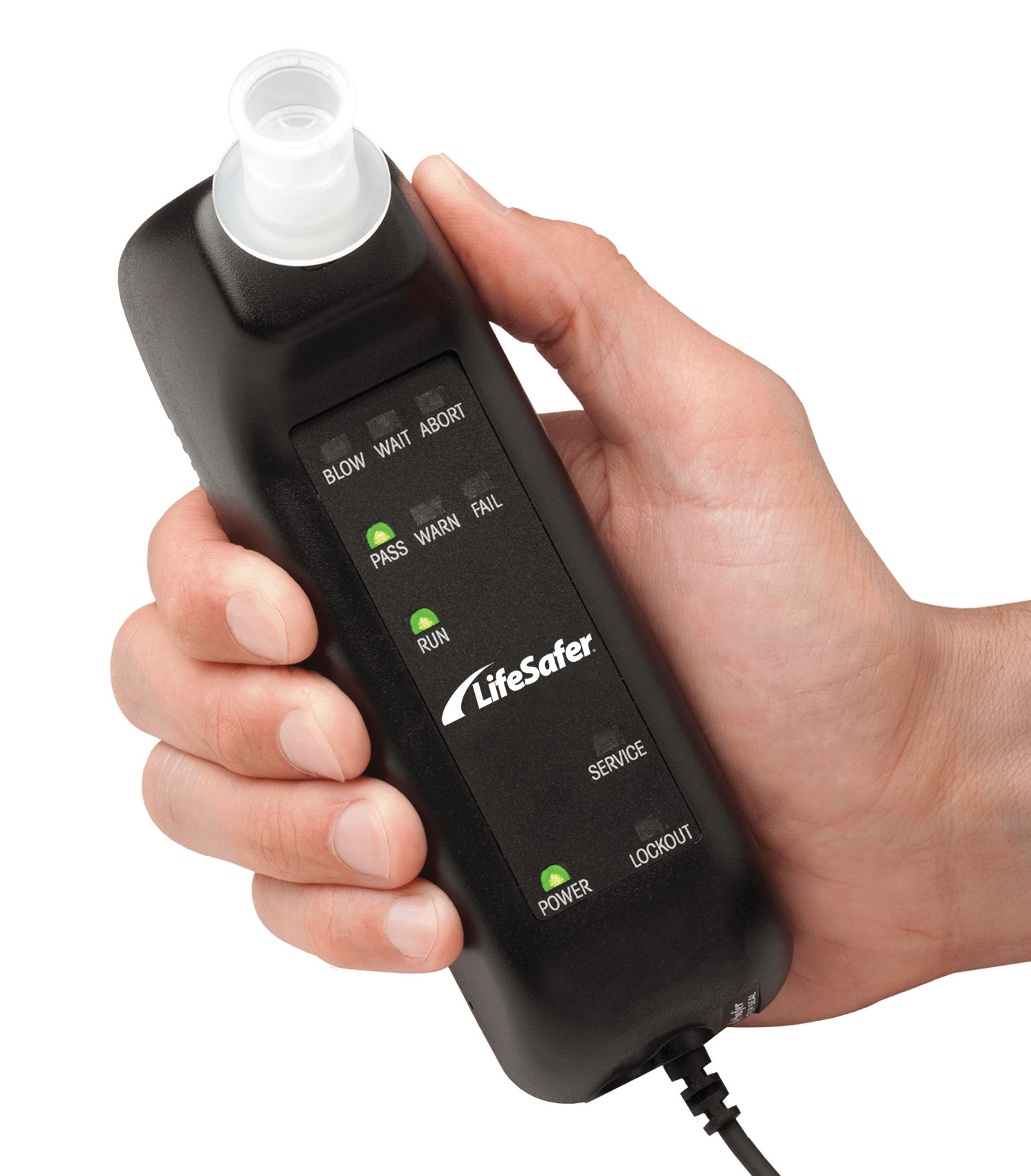 New Mexico has long been an example of effective ignition interlock programs. The state has proven that the devices work and that a tough stance against repeat DWIs is cleaning up the streets… for the most part. New Mexico, like many other states, may have a problem with habitual DWI offenders, especially those with high numbers of DWIs that don’t seem ready or able to stop their intoxicated driving style.
New Mexico has long been an example of effective ignition interlock programs. The state has proven that the devices work and that a tough stance against repeat DWIs is cleaning up the streets… for the most part. New Mexico, like many other states, may have a problem with habitual DWI offenders, especially those with high numbers of DWIs that don’t seem ready or able to stop their intoxicated driving style.
Given the success of the interlock program in New Mexico, it seems obvious that the solution is more ignition interlock devices. Except, the state already requires them for all offenders, sometimes for several years. You can’t really expand the program further. The one problem an ignition interlock has is that if it isn’t used, it cannot stop a drunk driver. Enforcing interlock requirements seems to be the next big step in states that already have all-offender ignition interlock programs, especially those that are seeing these high-level habitual DWI offenders still on the roads.
In New Mexico, a fourth DWI is a felony that carries a lifetime driver’s license revocation, and at least one year in prison. After five years, an offender can have their license reinstated, but they have to use an interlock for the rest of their life. Any further DWIs increase the prison time and still carry the same lifetime interlock requirement, indicating that monitoring offenders’ compliance may be to blame for the problem.
Other states report a similar problem with a lack of enforcement or not enough resources to ensure compliance with the devices and programs. Oklahoma just passed a law to help keep better track of offenders with multiple drunk driving convictions. New Mexico already makes it tough on habitual DWI offenders, so the next step is to crack down on who is driving illegally and if they have an ignition interlock requirement, get them to follow through with their commitment to sober driving.


Leave a Reply
You must be logged in to post a comment.